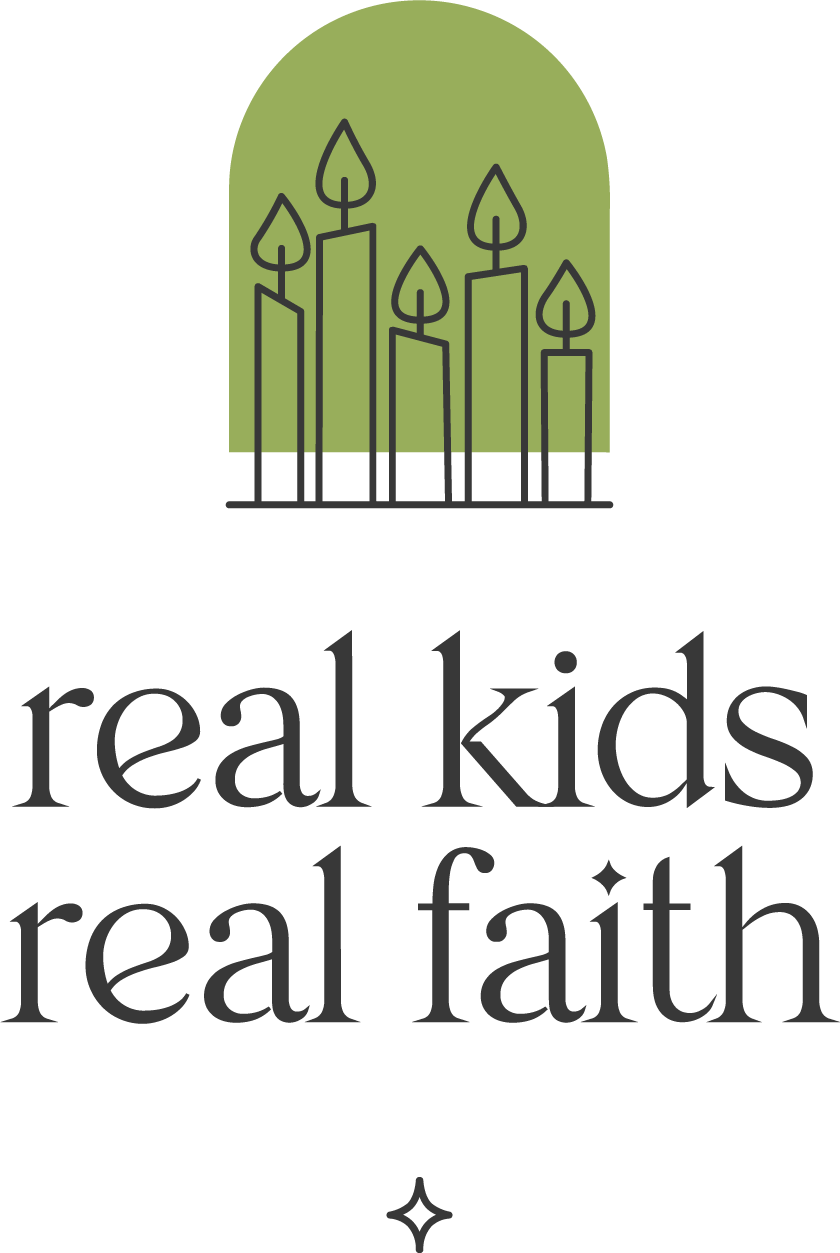Valuing who we are and respecting others’ identities are crucial to spiritual wellbeing. Every child wants to be seen for the unique individual they are. Yet too often they hear messages that underestimate and devalue their identities and abilities, especially if they are children of color, female, LGBTQ+, or part of a lower economic class. Or they unconsciously buy into biases against other children because of these problematic social messages.
As adults, we can help children respectfully explore their own and other children’s identities. Try these five steps to creating socially-conscious identity portraits with 8 to 12 year olds, adapted from the work of teacher Shana V. White.
Step 1: Explore the basic meaning of ‘identity’. Talk about identity as a set of characteristics by which we are known. Some of those identifiers may be visible (such as race) and others invisible (such as sexual orientation). Tell children it is good to be proud of who they are, but that does not mean their characteristics make them better than someone with other characteristics. Different identifiers just make children different, not better or worse.
Step 2: Discuss the complexities of ‘identity’. Children may think that they can identify others solely by visual cues, e.g. skin color equates to race, spoken language (or accent) denotes ethnicity, or physical attributes designate gender. However, what they see may be misleading. Not all dark-skinned people are African American. They might be Afro-Carribean, Kenyan, or Ghanian.Gender is not necessarily binary and is different from sexual orientation. Disabilities may be visible or invisible. Encourage children to talk about their own invisible or misleading traits and listen as others share theirs as well.
Step 3: Experiment with identity analysis. With permission, share photos of some of your friends or neighbors with children. Ask them to consider
- What visible identity characteristics do you see in this person? Why?
- What possible invisible characteristics do you think this person might have? Why?
Discuss their observations, guesses, and reasons, and note the assumptions and biases that shape their reasoning. Then tell them how your friends or neighbors self-identify and compare those identities with the ones assigned by the children.
Step 4: Consider how social issues affect identity. Tell children that social policies and practices also shape our identities. Use White’s Graphic Organizer (see Related Resources) to help children make connections between specific social issues and their effects on personal identity. Include her issues or designate your own. Help children notice which issues most affect their own identities and how they might imagine themselves as allies for other children affected.
Step 5: Create identity portraits. Invite children to draw a head with a line down the middle. On one side of the line, ask them to put half of their face as it looks in a mirror: an eye, half a nose and mouth, an ear, hair. On the other side of the line, ask them to put things that signify the visible and invisible identity characteristics that they embrace and want to share with others. These might include national flags or country shapes to signal heritage, a rainbow for nonbinary gender, and spiritual or religious symbols. Encourage them to share their identity portraits with others at home or in a group. They might even post them on a physical or virtual wall.

Comments